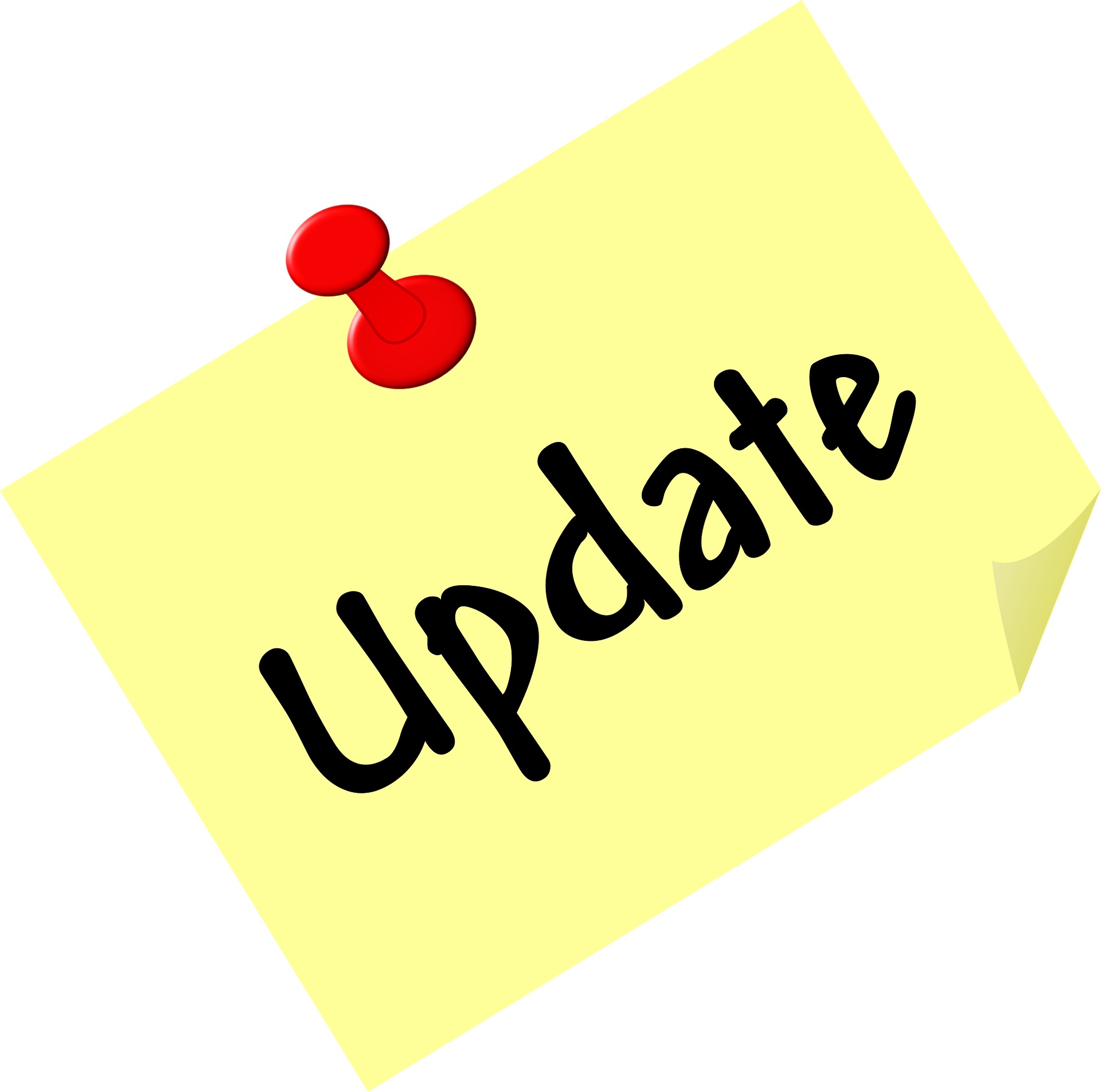
The Schedule of Expenditures of Federal Awards (SEFA) is a required supplemental schedule to the audited financial statements that determines the applicability and scope of the Single Audit for your organization. Currently, the Single Audit requirement is only triggered when the federal expenditures reported on the SEFA exceed $750,000 or more over the organization’s fiscal year. (Note the Office of Management and Budget (OMB) has proposed the threshold be increased to $1 million). The SEFA serves as the primary view for funding via federal agencies and pass-through entities, serves as a feeder for the electronic accumulation of data for government wide monitoring of awards, and provides a picture of all federal money for which your organization is responsible. The SEFA is the primary responsibility of Management, and as such, we would like to advise you of best practices regarding preparation of the SEFA and some common errors to avoid.
How Should Your Organization Define Expenditures?
Federal expenditures required to be reported on the SEFA are based on a determination when a federal award is considered “expended.” However, the name ‘federal expenditures’ on the schedule can be misinterpreted as it can imply that the SEFA only includes the amounts of costs the organization incurred that are covered by federal funds. However, the definition of expenditures is much more involved than that. Listed below are common federal awards and the basis for the determination for when funds are expended:
- Grants, cost reimbursement contracts, compacts with Indian tribes, cooperative agreements under the Federal Acquisition Regulations (FAR), and direct appropriations: when the expenditure or expense transactions occur
- Amounts provided to subrecipients: when the disbursement is made to the subrecipient
- Loans and loan guarantees: when the loan proceeds are used by the nonfederal entity
- Donated property: when the property is received
- Food commodities: when the food commodities are distributed or consumed
- Interest subsidies: when amounts are disbursed entitling the entity to the subsidy
- Insurance: when the insurance is in force
- Endowments: when federally restricted amounts are held
- Program income: when received or used
- Loans and loan guarantees (loans), including interest subsidies: the value of new loans made or received during the audit period plus the beginning of the audit period balance of loans from previous years for which the federal government imposes continuing compliance requirements, plus any interest subsidy, cash, or administrative cost allowance received
- Insurance: The amount expended equals the fair value of the insurance contract at the time of receipt or the assessed value provided by the federal agency.
- Endowments: The amount expended equals the cumulative balance of federal awards for endowment funds that are federally restricted in each audit period in which the funds are still restricted.
- Free rent: The amount expended equals the fair value at the time of receipt or the assessed value provided by the federal agency. Free rent is not considered an award expended unless it is received as part of an award to carry out a federal program.
What is your organization required to include in the SEFA?
Auditees are required to include the following information on the SEFA:
For The Schedule Face
- List of individual federal programs by federal agency
- Name of the Pass Through Entity (PTE) and the identifying number assigned by the PTE
- Provide the total federal awards expended for each individual federal program and the Assistance Listing Number (ALN)
- Total amount of federal awards expended for loan or loan guarantee programs
- Total amount provided to subrecipients from each federal program
For the Notes to the Schedule
- Significant accounting policies used to prepare the SEFA
- Whether or not the auditee elected to use the 10% de minimis cost rate covered in 200.414
- For loans or loan guarantee programs, the balances outstanding at the end of the audit period
What are Common SEFA Errors to Avoid?
- Incorrect or missing ALN
- Names of pass-through entities omitted
- Missing pass-through contract numbers
- Missing names of federal agencies
- Clusters not shown as such
- Creation of your own clusters
- Missing Notes to the SEFA
- Reference to SEFA Notes is missing
- Non-cash awards missing
- Improper basis for determining when awards are expended
- Improper reporting of loans
- Subtotals missing for ALN, federal agency, cluster or totals
What are Recent Challenges to Accurate SEFA Reporting?
There are several recent challenges that impact the accuracy of SEFA reporting. If your organization is in receipt of Provider Relief Funding (PRF), you will want to make sure the PRF amounts on the SEFA align with report submissions to the PRF Reporting Portal. This can also be an issue with Education Stabilization Funding and Higher Education Emergency Relief Funds programs as this funding allows institutions to go back to fiscal year 2020 and grab expenditures/lost revenue. Additionally, the Department of Education’s use of one ALN with alpha characters along with the requirement for the identification of Education Stabilization Funding separately on the face of the SEFA and Data Completion Form by the ALN number and alpha character has complicated reporting. An overall challenge is determining when awards exist.
Also, PTE’s are responsible for determining who is a subrecipient as federal awards disbursed to them must go on the SEFA. Subrecipients are required to comply with the Uniform Guidance and federal statutes, regulations, and the terms and conditions. Contractors (defined as doing the work they are hired to do) are not required to be reported on the SEFA. Additionally, beneficiaries are not specifically defined in the Uniform Guidance and do not go on the SEFA. If a determination has not been made regarding the status of a subrecipient, auditees should go back to the PTE. Specifically, the auditee should get something in writing from the PTE, especially if the PTE is changing the designation. If the PTE does not make the designation or tells the auditee to make the designation, you should expect that your auditor will review the analysis of your determination.
If you have any questions regarding preparation of your SEFA, please contact a member of your audit team.









